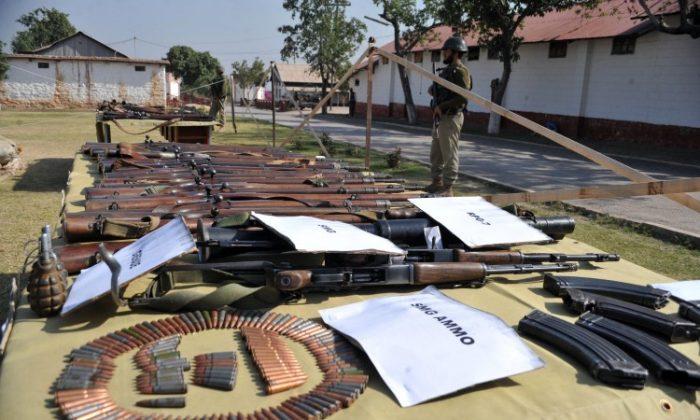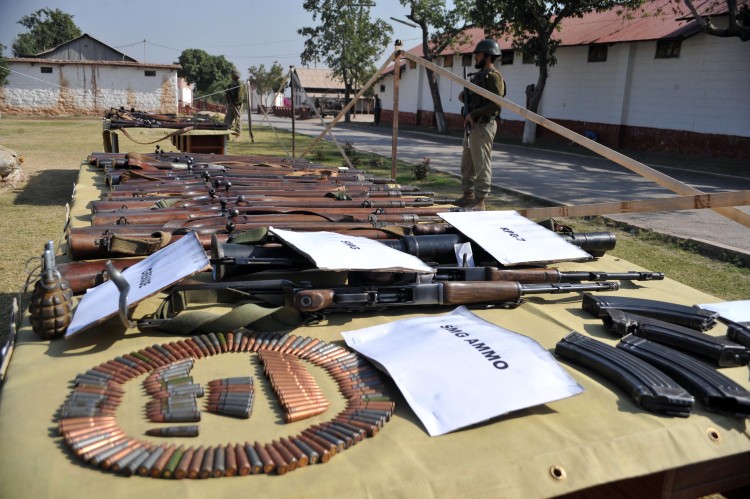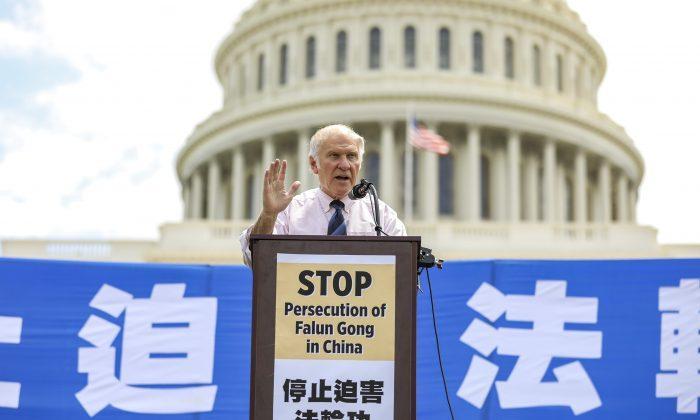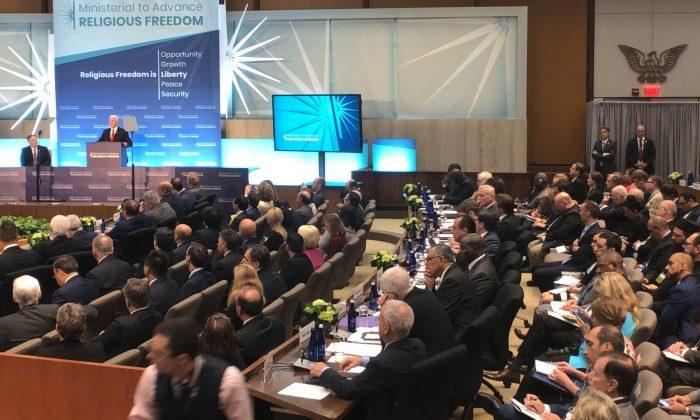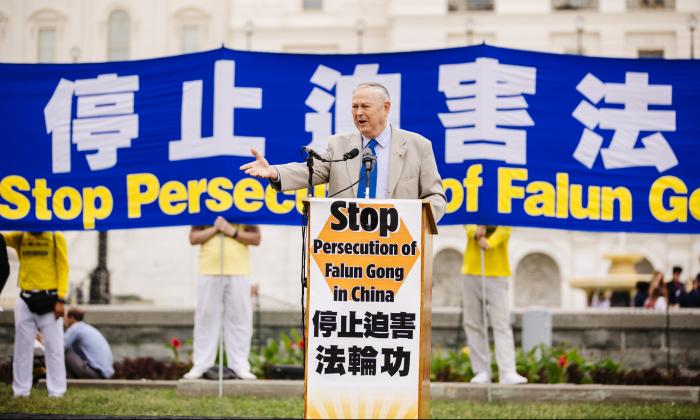NEW YORK—The overwhelming majority of governments at a United Nations meeting on disarmament last week said they want a treaty to regulate the international trade of conventional weapons and ammunition.
Last July, diplomats from more than 100 countries devoted a month to negotiations that produced a draft Arms Trade Treaty (ATT). However, the draft was not adopted after the United States, followed by Russia and a few other states, requested more time.
After years of talks, the governments at the U.N. General Assembly’s First Committee (which deals with disarmament and international security) in New York agreed to finalize the Arms Trade Treaty (ATT) in March 2013. The vote, held on Nov. 7, was 157 in favor, 37 abstentions, and none opposed.
Of the six chief arms-exporting countries—Russia, China, France, Germany, United Kingdom, and the United States—only Russia abstained from supporting the resolution, according to Amnesty International.
Without trade regulation, weapons end up in the hands of “unscrupulous regimes, criminals, illegal militias, and terrorist groups,” says The Arms Control Association.
An arms treaty that would stem the flow of illicit arms and ammunition across international borders could save the lives of more than half a million people who die annually in armed violence, says Control Arms. Control Arms is global alliance of 90 non-governmental organizations that vigorously support regulating the arms trade.
Cost of an unregulated arms trade
The International Action Network on Small Arms (IANSA) says the easy availability of small arms has made child soldiering possible.
“Small arms are lightweight and simple to use, turning a child as young as seven into an effective combatant. Tens of thousands of children are armed and fighting in more than 20 conflicts around the world,” says IANSA.
Treating a gunshot wound is costly—approximately $10,000 in South Africa, or more than $20,000 in the United States, according to IANSA. Many victims are unable to pay the bill. If the government covers the cost, resources are detracted from other health problems such as HIV/AIDS, and from services such as education, says IANSA.
The estimated $60 billion international arms trade is unregulated, while regulations on other goods exist.
“There [are] more international laws on the trade of bananas than conventional weapons, like AK-47s,” says an Oxfam article.
While the U.S. has strong laws controlling the arms trade, less than half of all countries have even basic laws on the trade in AK-47s and similar weapons. Every year, about 8 million new small arms are manufactured by at least 1,249 companies in 92 countries, as well as an estimated six to 10 billion units of ammunition.
Last year’s draft ATT requires all countries to establish regulations in the transfer of conventional arms, according to an Associated Press (AP) article from that time. Such transfers would be prohibited if they violated arms embargoes, or promoted “acts of genocide, crimes against humanity, or war crimes.”
A state that ratifies the treaty would authorize the export of arms only after evaluating whether the weapons would be used to violate international human rights or “used by terrorists, organized crime, or corrupt practices,” according to AP.
Ray Offenheiser, president of Oxfam America, says Oxfam is not against the arms trade altogether.
“We’re not here to stop the arms trade,” he says in an Oxfam report. “What we’re trying to do is make the arms trade more responsible to citizens in various countries where this may be having pernicious effects.”
Treaty Approval
Before the groundbreaking vote last week, there had been a big push by 107 states that signed the resolution.
However, there is one wrinkle. The resolution stipulates that when they meet in March, the text must be agreed to by the consensus of all 193 UN member states. The Control Arms coalition worries about this stipulation. It quotes a member organization spokesperson, Maria Pia Devoto representing Association of Public Policy:
“The Arms Trade Treaty is too important for any one state to be able to wield a veto. Diplomats risk weakening the text to bring in support of skeptics like Egypt, North Korea and Venezuela. This is not in the spirit of the talks that were launched in 2006.”
However, if all states are not able to agree to the treaty in March, there is a provision in the resolution that the United Nations will allow the text to be sent for a final vote at the U.N. General Assembly later in 2013. Amnesty International expects the ATT to come into full force after being ratified by 65 states, despite any vetoes that may delay it in March.
U.S. Support May Waver
Hopes are high among the officials at the United Nations that the new Obama administration will support a reasonably strong treaty next March, says an Amnesty International press release from Wednesday. “The United States is by far the world’s largest arms producer and exporter.”
A potential problem, however, is the opposition of the influential National Rifle Association that objects to the treaty as a threat to gun ownership rights. On July 26, a bipartisan group of 51 U.S. senators wrote to President Obama and Secretary of State Hilary Rodham Clinton indicating that the expansion of gun control would be unacceptable.
